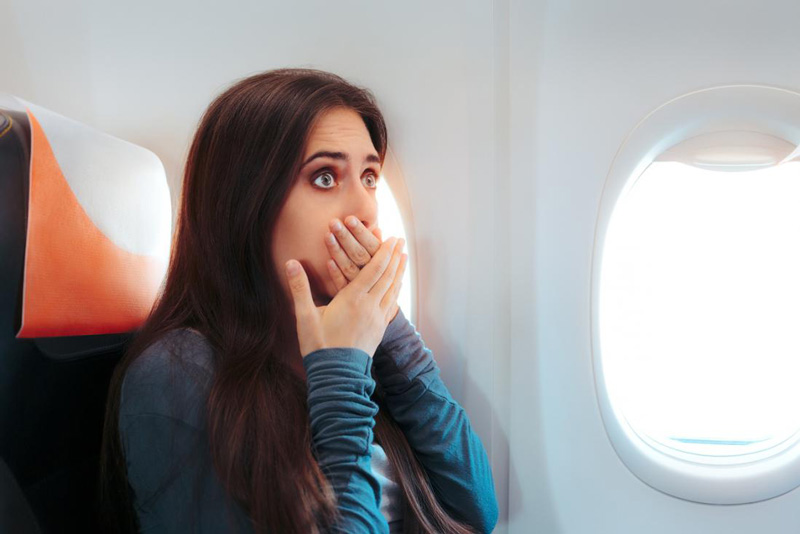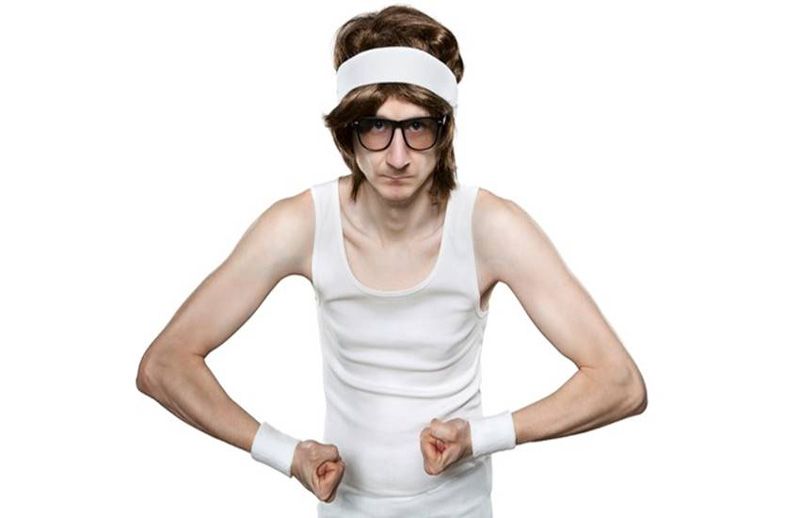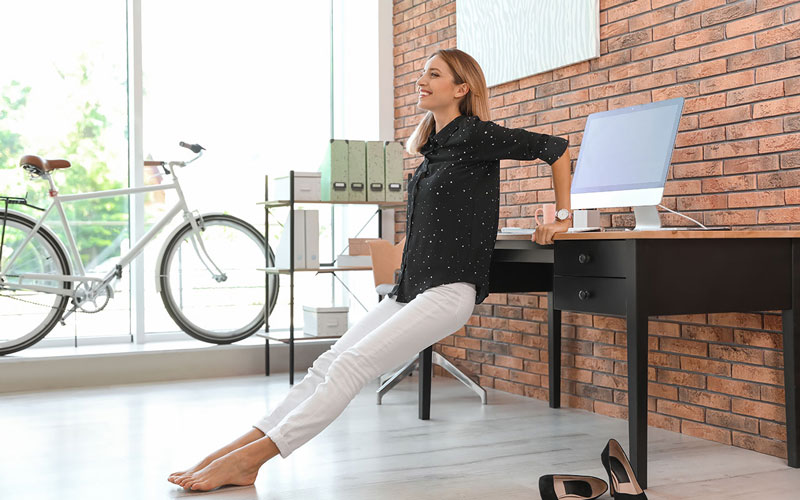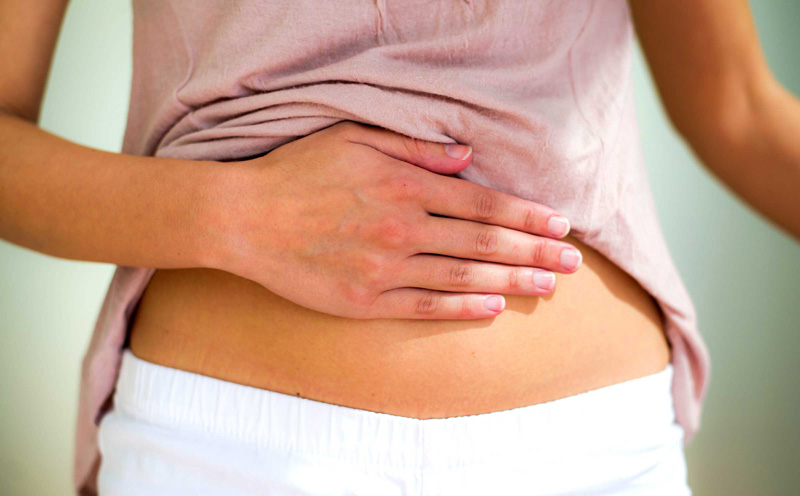Heat Stroke

Heat stroke is a form of hyperthermia during which temperature of the body rises vividly. It is a medical emergency and needs to be treated quickly and properly or else it could result into the fatal issue. The cause of heat stroke is rise in body temperature which is often accompanied by dehydration. You may like reading about how to prevent dehydration. Generally heat exhaustion progress to heat strokes.
Common Signs and Symptoms of heat stroke include:
- Dizziness
- Nausea and vomiting
- Unconsciousness
- Rapid beating of heart, which can be strong or weak.
- A throbbing headache and light-headedness
- Seizures
- Cramps and muscle weakness
- Lack of sweating despite the scorching heat
- Shallow or rapid breathing
- Red and dry skin
- Changes in the behaviour such as disorientation, confusion or staggering.
Sun stroke can be diagnosed by observing the signs and symptoms in the person who is exposed to high temperatures. A critical step while treating the person with heat illness is cooling the victim. It is necessary that emergency service is availed immediately. The imperative means to prevent heat strokes is to avoid dehydration and vigorous physical activities in the humid and hot weather. The signs of heat stroke is great in the group of elderly, infants, outdoor workers and athletes.
Leaving the children, infants or animals in the car poses a risk for heat stroke. The temperature inside the car could reach dangerous levels even during the moderate weather.
How to treat the person with heat stroke?
- The person suffering from heat stroke must receive immediate treatment to avoid serious damage. It is imperative that the victim is cooled down
- Take the victim to a shady area and apply cool water to the skin. Spray cool water from the garden or house over the sufferer. Fan the person to make feel better and to promote evaporation and sweating. Place ice packs under the groins and armpits.
- Make the person drink water or any cool beverages that do not contain caffeine or alcohol.
Continue the efforts to cool down the body temperature until it drops to 37 to 38 degree Celsius or 101 to 102 F. Check the body temperature using a thermometer.









